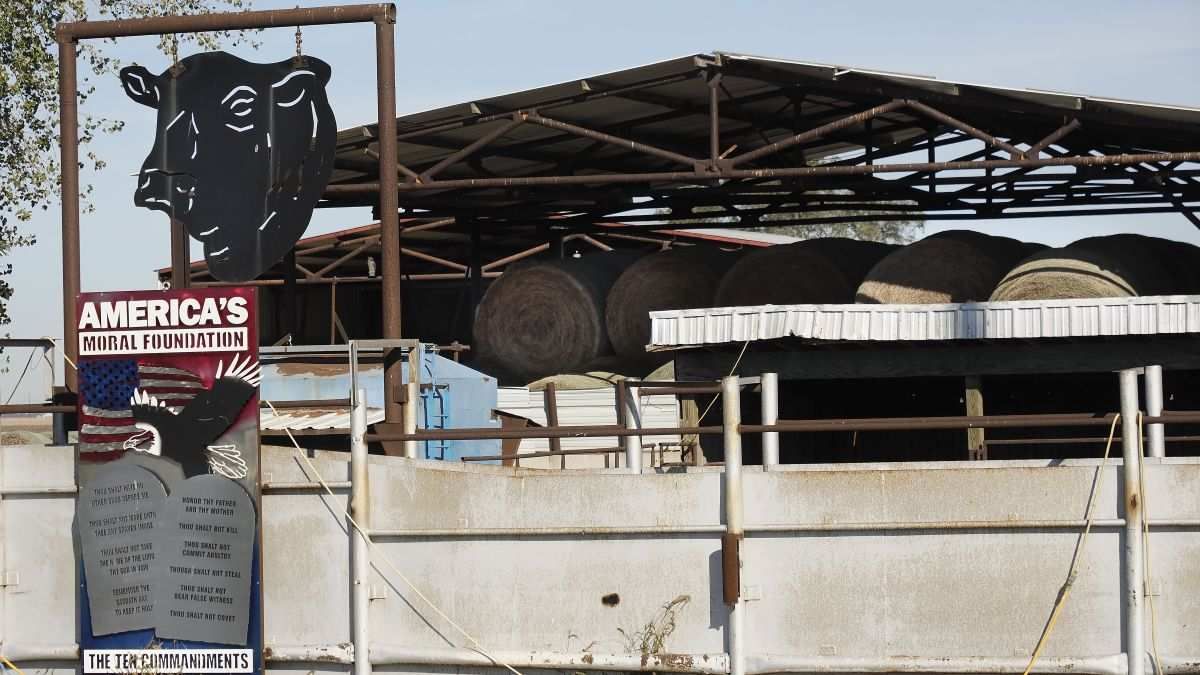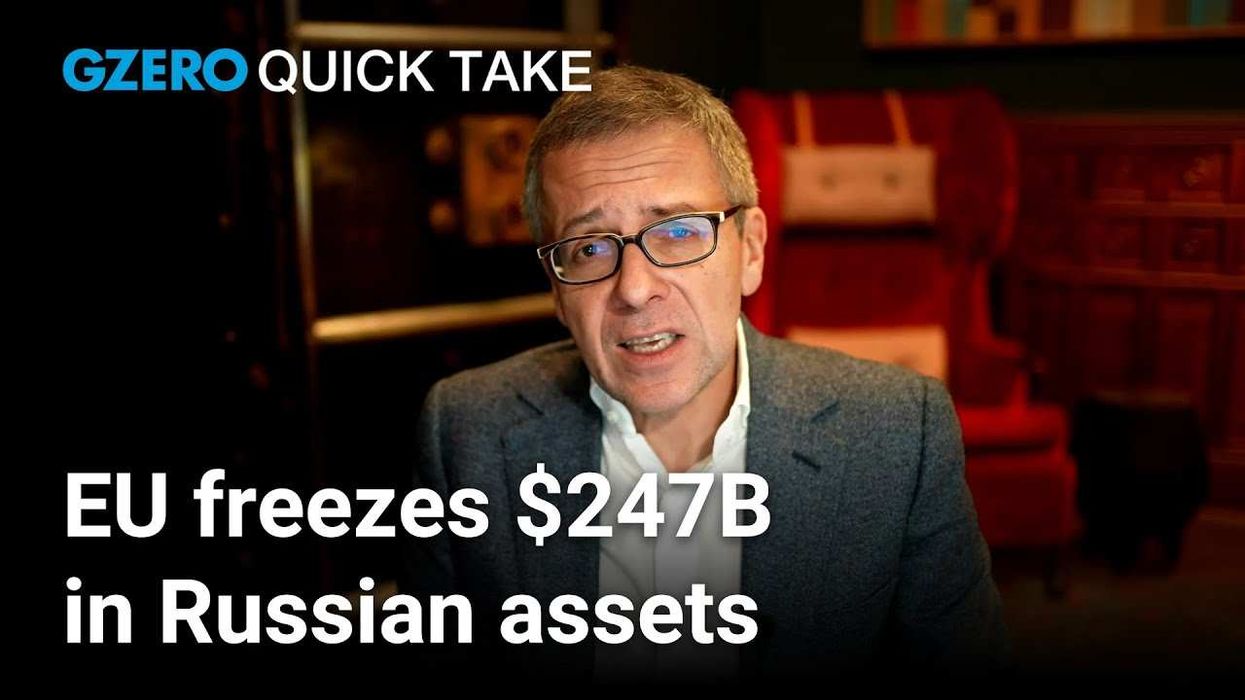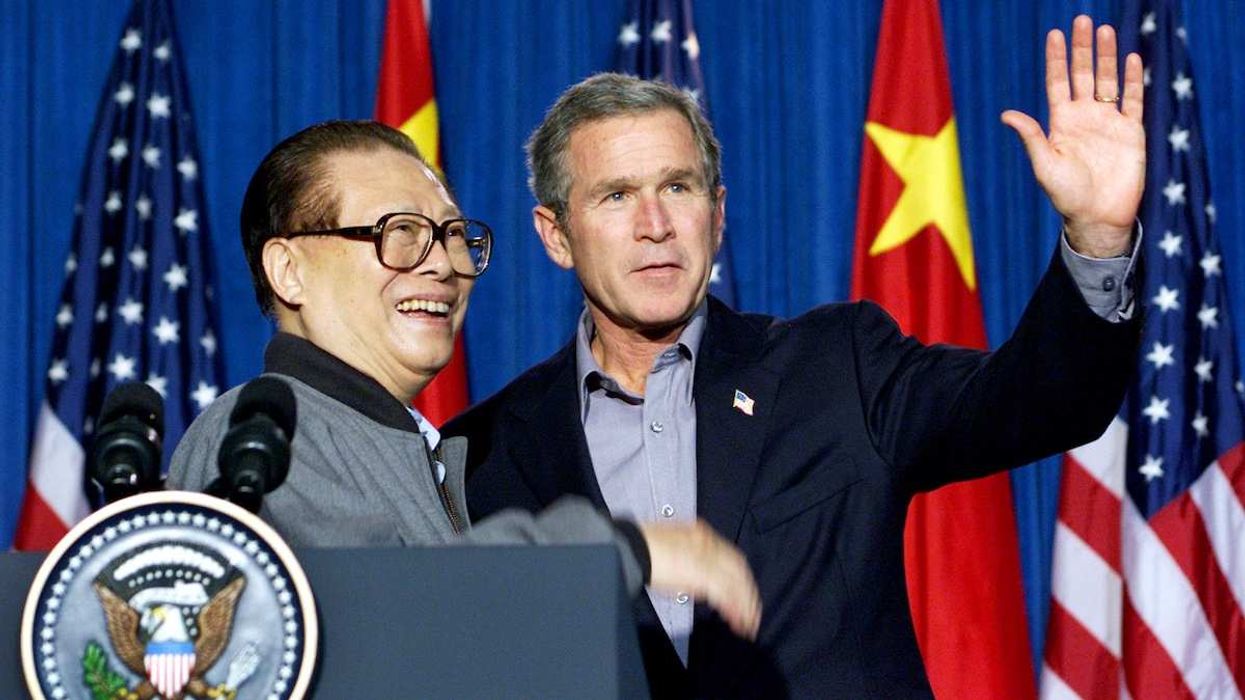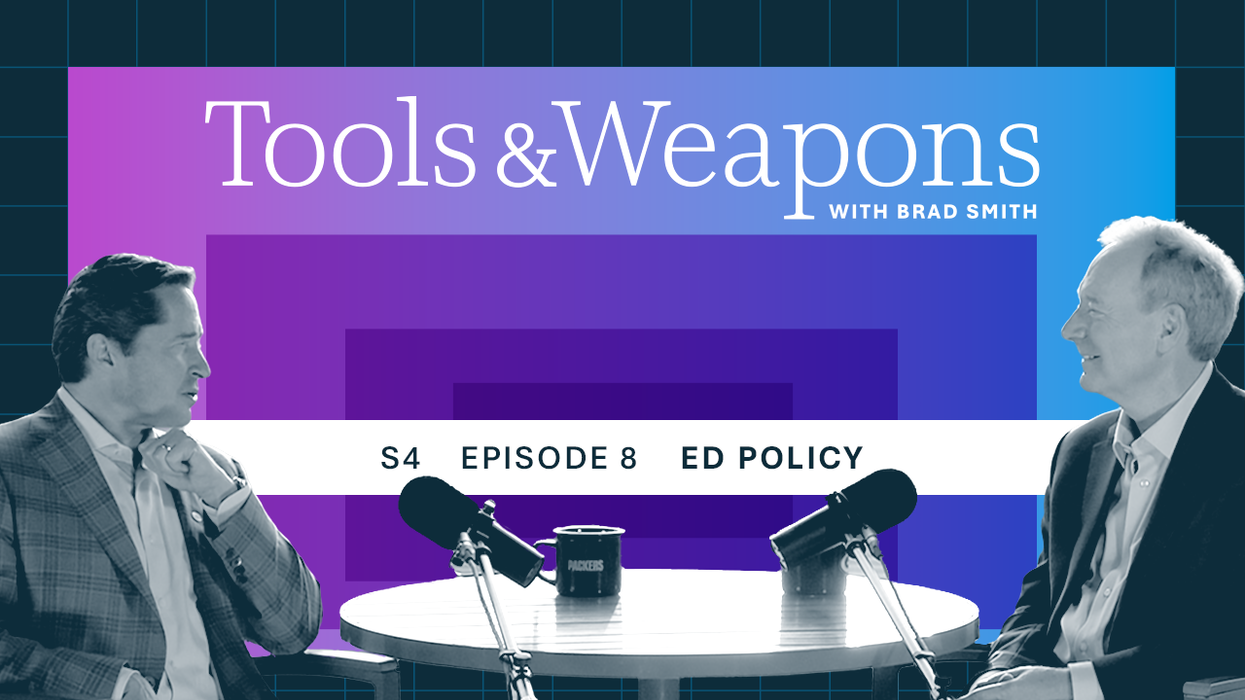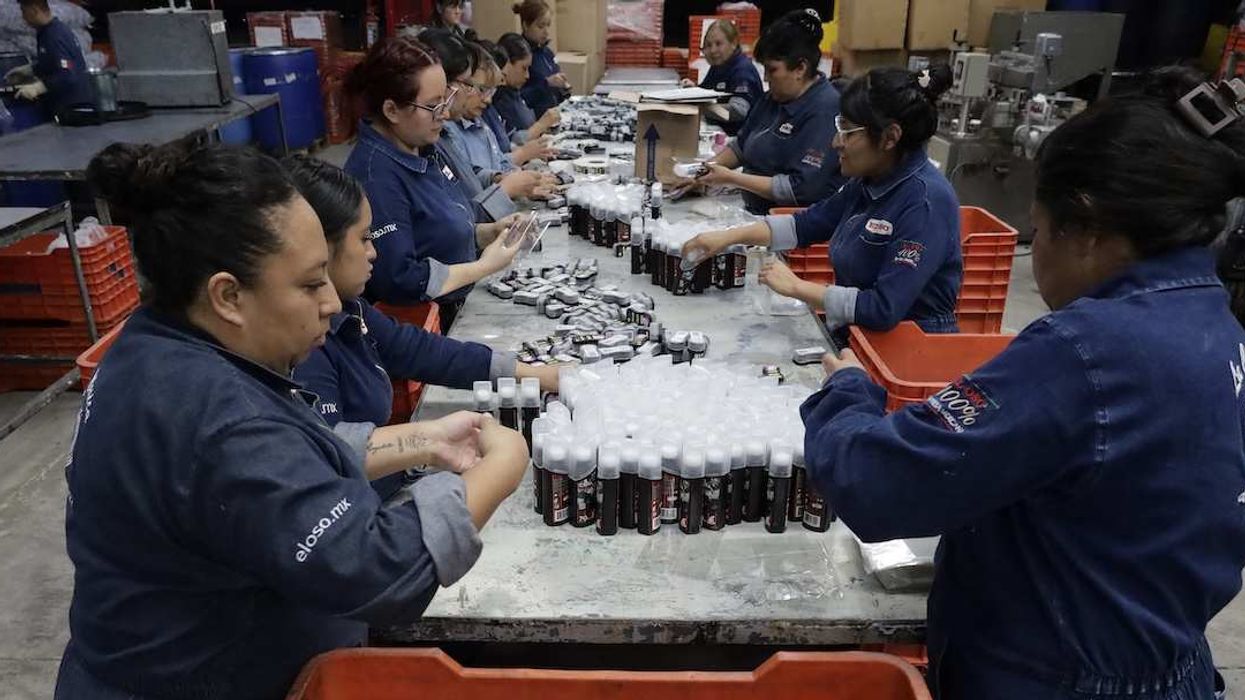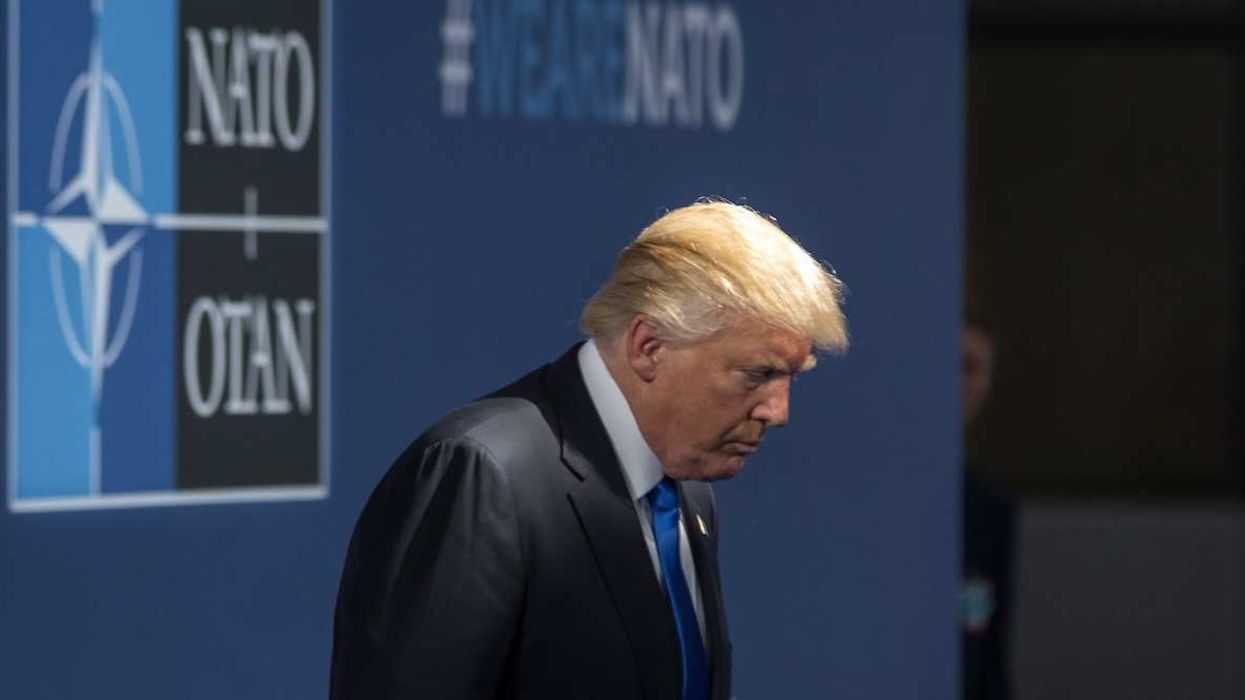These days, US farmers aren’t just worried about the weather jeopardizing their harvests. They’re keeping a close eye on geopolitical storms as well.
The American agricultural industry exports roughly 20% of its production, making it heavily reliant on global trade. This year, China – the third biggest buyer of US agriculture – has drastically cut back orders in response to President Donald Trump’s tariffs. While China agreed to resume buying soybeans, a major import crop, after meeting with Trump at the ASEAN summit last week, it has not bought any US corn, wheat, sorghum, or soybeans so far this year. Accordingly, the USDA projects that American agricultural exports to China will fall 30% compared to last year, to $17 billion. That’s down more than 50% since 2022.
“There’s uncertainty in the markets,” Farm Bureau economist Dr. Faith Parum explains. “Farmers are making decisions now for next year, unsure of where the markets are for what they planted this year.”
Parum says she is “optimistic” about the trade deals Trump made with Southeast Asian countries at the ASEAN summit last week, as Malaysia, Cambodia, and Vietnam all opened up to more US exports. The region is now the fastest-growing export market for US agriculture, with over $12 billion in products shipped there last year.
But the US-China trade tensions come at a bad time for many farmers. Despite a record corn harvest this year, many US growers are losing more than $100 an acre, according to Parum, squeezed between falling crop prices, a result of losing their major buyer, and rising production costs. Parum says production costs, like fertilizer, transportation, and labor, have increased over the past few years. Fertilizer prices have not stabilized since Russia’s full scale invasion of Ukraine, and have risen since July because of China limiting exports. Meanwhile, immigration crackdowns have caused the price of farm labor to go up.
From 2020 to 2022, 61% of the hired farm workers were immigrants, and only 7% were US born – the rest were immigrants who had obtained US citizenship. As a result, according to Eurasia Group US policy expert Noah Daponte-Smith, “A lot of [workers] are losing their authorization to work or being deported outright. And that is creating labor market pressures in the food supply chain that are pushing prices up.”
“[Immigration] is one of these issues where administration policy counteracts other policies, namely: keeping food prices down,” Daponte-Smith added.
This tension can also be seen in the meat aisle. Beef prices are at record highs due to droughts which have shrunk herd sizes. Trump’s solution was to quadruple imports of Argentine beef. The deal gave Argentine President Javier Milei, an ideological ally of Trump’s, a lifeline ahead of midterm election but enraged US beef producers who were suddenly subjected to more foreign competition. The pushback was immediate, prompting Vice President JD Vance to hold a private meeting with lawmakers from leading agricultural states to hear out their grievances.
There’s a political component to this: America’s agriculture industry is disproportionately consolidated in Republican led-states like Iowa, Texas, and Nebraska, and farmers are an “ancestral” contingent of the GOP, says Daponte-Smith. Republicans have a 25-point advantage over the Democratic party in rural areas of the country, according to Pew Research Center.
“Trump’s between a rock and a hard place,” says Daponte-Smith. “The administration campaigned on an anti-inflation message, but his efforts to bring prices down anger a core Republican constituency.”
Yet farmers remain optimistic about the country’s direction, according to Purdue University, with 71% saying the US is “headed in the right direction.” However, confidence in tariffs has declined: only 51% now believe tariffs will strengthen the agricultural economy, down from 70% in spring. Meanwhile, 30% think tariffs will weaken it.
Politically, Trump appears to be moving quickly to neutralize the farm backlash, offering farmers a multibillion dollar financial support package drawn from tariff revenues.
“They don’t want this to be happening next August,” says Daponte-Smith. “That’s when it really could be an issue.”
